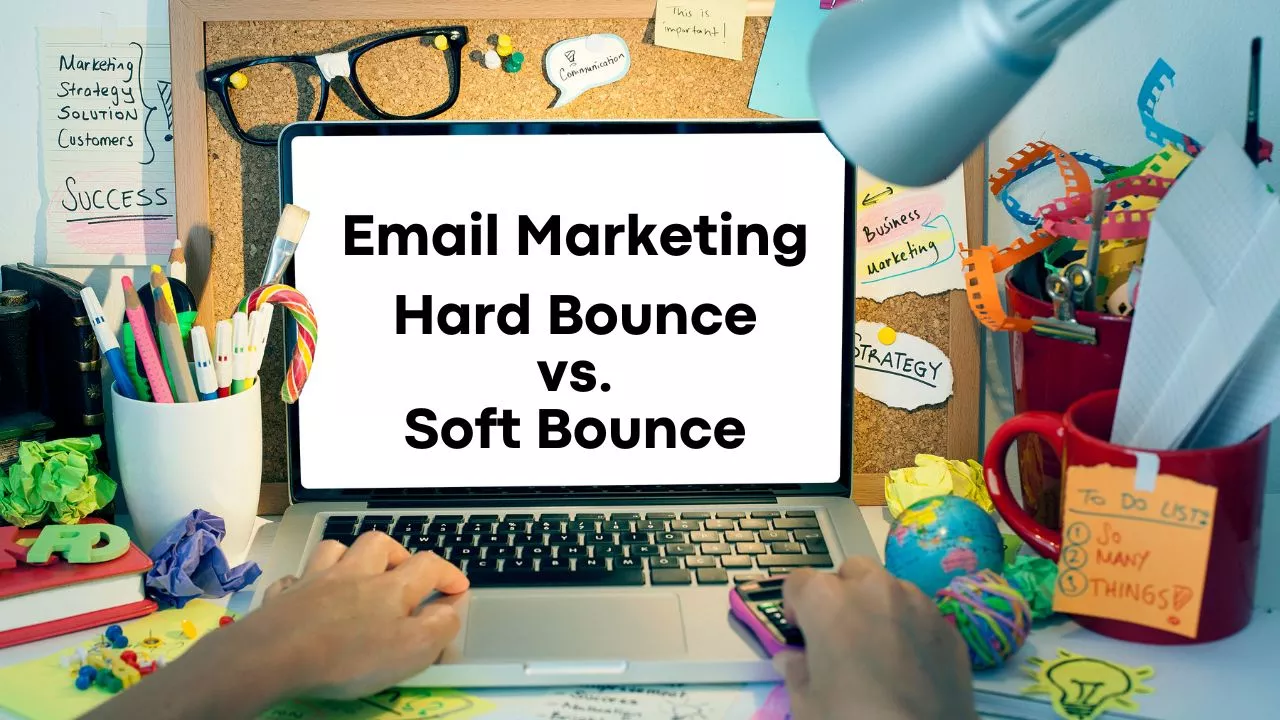At the moment that we are doing an email marketing campaign, several factors must be reviewed so that they generate positive numbers, have more conversion, maintain and increase subscribers.
What is rebound? Well, actually a bounce is called when it was not possible to deliver the mail. This indicator tells us that in the strategic question there is a problem because it is not working and this is when the metrics begin to drop in numbers.
For this we must analyze what the situation is, since they are divided into two being: Hard bounce and Soft bounce.
Hard Bounce
The hard bounce tells us that your message is not being sent due to a problem that we are not seeing, we missed reviewing, or we do not have complete information.
These are the following factors why your email is not being sent:
- The email address is incorrect or does not exist: In this case you can find out with the ISP (Internet service provider), here they can tell you even if the email does not exist. It usually happens when the mail was deleted.
Check the emails when making the lists since it can be counterproductive since as a sender it will give you a negative reputation. - The inbox is above its capacity: Although at this point it does not depend on us to send the mail it affects us since it will not arrive. Although it is an important point to start cleaning the contacts that do receive emails and save metrics with low numbers.
- The email address decided to block your account: Be careful because your mailing strategies may be spam, it is not interesting or you do not have the right content for your market.
- They consider you SPAM: As in the previous point, if you are already in the spam tray, it is very likely that your audience is not interested in your content as a result of never opening your emails.
Hard Bounce helps to analyze if the content is being suitable for our audience. If we see it on the positive side, it is an opportunity to ask questions, do research again with customers, and brainstorm ideas to generate information based on their tastes, habits, and interests.
The worst of the cases is to end up in SPAM, at that point it is even talking to google support to generate an unlock solution and redirect you to the inbox.
Soft bounce
There is not much to worry about with soft bounce because the solution is faster.
To differentiate it is for the reason that the problem is temporary, it can be solved by sending it again or correcting the information, but on the third attempt if it is not achieved, it is likely to wait for the platform to stabilize to try again.
The situation may arise when you send the email, but before it reaches the recipient the delivery is cancelled.
Why it happens?
- Inbox full: It can be confused with hard bounce, but the difference is that in those moments the person is having problems with their own account by having many subscriptions, but also by not cleaning the inbox. You have to wait a maximum of 3 days to interpret which of the two options it is, since it is longer, it is already considered a hard bounce.
- IP and its reputation: It depends on the recipient because it may be that they have blocked the entry of several emails. To give you a solution is to have a conversation with the client so that he gives you access to deliver your mailings.
- Mail with a lot of content: The mail has a long message, which is why it is blocked before reaching it and classified as spam.
- Arrival of auto-responses: When your mail is rejected by an auto-response from the recipient, it may be the case that they are in a meeting, vacations or some personal matter. Not to worry, just wait until the person returns.
Do not worry if this is the case because you will realize that the content has to be more precise so that Google can read it as an email and if this is not the case, it is necessary to have the patience to resend the email because there was a failure at that time or the client is not available.
Finally
It is not negative that you have bounces because they are a sign of what not to do with your mailing content, it is also to generate new ideas for your audience in which they identify and like to read.
The metrics will begin to help you have a better percentage of readers, open emails and even satisfied customers for continuing to subscribe to your email.
As the driving force behind WikiPluck, I am dedicated to curating and sharing insightful knowledge across a spectrum of subjects. From technology trends to Business advice, WikiPluck strives to be a go-to resource for those seeking to enhance their understanding and make informed decisions.
Join me on this journey of discovery and enlightenment as we pluck the gems of wisdom from the vast landscape of knowledge.

